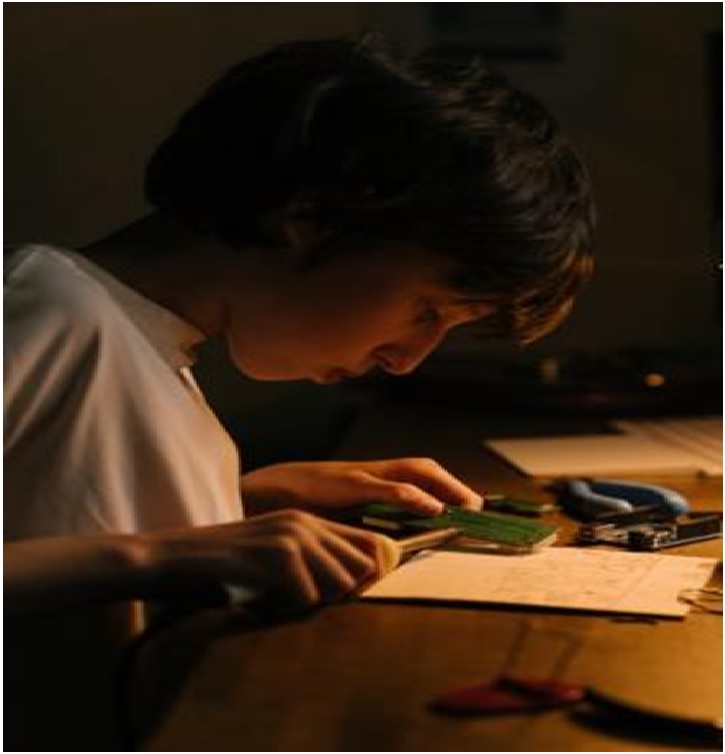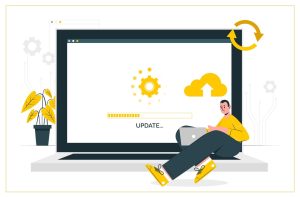Top 8 Tips to Troubleshoot Your Electronic Circuit Board

Does your company offer an electronic circuit board repair service? Then you know well how complex it is to identify the problem in the first place. You have to check conductive paths, surface mount components, and soldered connections to see if they are the culprit. But what if you don’t follow the right strategy for circuit board troubleshooting from the get-go? You could consume too much time finding the issue, or you might miss a crucial step during the problem-checking process. So, to help you perform PCB troubleshooting quickly and efficiently, today, we have come up with a set of strategies you need to follow for checking and fixing problems in your printed circuit boards.
But before going any further, let’s understand first what troubleshooting is?
What is Troubleshooting?
Troubleshooting is a process in which the technical inspectors strive to identify the problem in the printed circuit boards using a set of tools like a multi-metre, LCR meter and oscilloscope to fix the issue as soon as possible. If you look closely at the troubleshooting process, you will know it follows a systematic four-step approach:
- Identify the problem
- Plan a response
- Test the solution
- Resolve the problem
Here, an imperative thing you need to remember is that you may need to repeat steps one to three several times before finalizing the resolution. Suppose you have various printed circuit boards to repair, but you don’t have enough time to do that. In that case, you can opt for an outsourced electronic circuit board repair service by one of Illinois’s premier electronics repair companies.
With that complete, now it’s time to sift through eight powerful techniques to troubleshoot your electronic circuit board:
1. Confirm the problem
Before you avail of an electronic circuit board repair service, the first thing you need to do is confirm the problem in the circuit. After finding what is causing improper working in the electronic circuit, it’s time to start the troubleshooting process.
2. Perform a visual inspection
In this step, you might need to touch the circuit, so you must remove the power supply to the electric circuit. Now, you can check the burnt or exploded parts on the PCB by seeing or smelling them or looking for loose connections or overlapped traces.
3. Choose troubleshooting tools
Once you have done that, you will need tools like a digital multi-metre, LCR meter, and oscilloscope to perform checks like terminal voltage checking across different devices in the circuit. Besides that, you can also check the continuity of the current in the PCB and resistors, transistors, and capacitors.
4.Supply power to the circuit
However, before using the tools mentioned above for inspection purposes, it is imperative to plug the circuit into the main power supply. Doing this is vitally essential so that you can test your printed circuit boards in various ways.
5. Check the power supply block
At this stage, you will have to place the multi-metre probes across the transformer, capacitor, diodes, and regulator IC. Then, shift the multi-meter to the volts mode and check whether you are getting appropriate values or not.
6. Reviews the individual components
Now check the voltage across several components assembled on the printed circuit board. And if any of those components don’t show any voltage, you need to switch off the supply. After that, you need to test the assembled devices again using respective tools such as an LCR meter for the capacitor and multi-meter for the diodes.
7. Review the main-controller
In the pre-last step, you have to check the main controller base power supply concerning the ground. But, while you are doing this, you need not place a controller on it. Aside from this, you need to check whether some pins got shorted or not for specialized ICs – Op-Amps and timer.
And when it comes to the microcontroller, you need to check the respective power supply pins voltage. To do that, you have to place the ICs on the base, give input to the controller, and then see whether the output control signals at respective pins are coming or not.
8. Check the loads by the metered power supply
Last but not least, you need to check the outputs by removing the microcontroller signal to the final control devices. After you have done that, apply the metered power supply to determine the problem area with ease.
Final words
We hope you now know how to troubleshoot your printed circuit boards in this content. But if you don’t want to do that, you can also leverage circuit board repair services by making a call to the leading PCB repair/rework service provider in Illinois.





